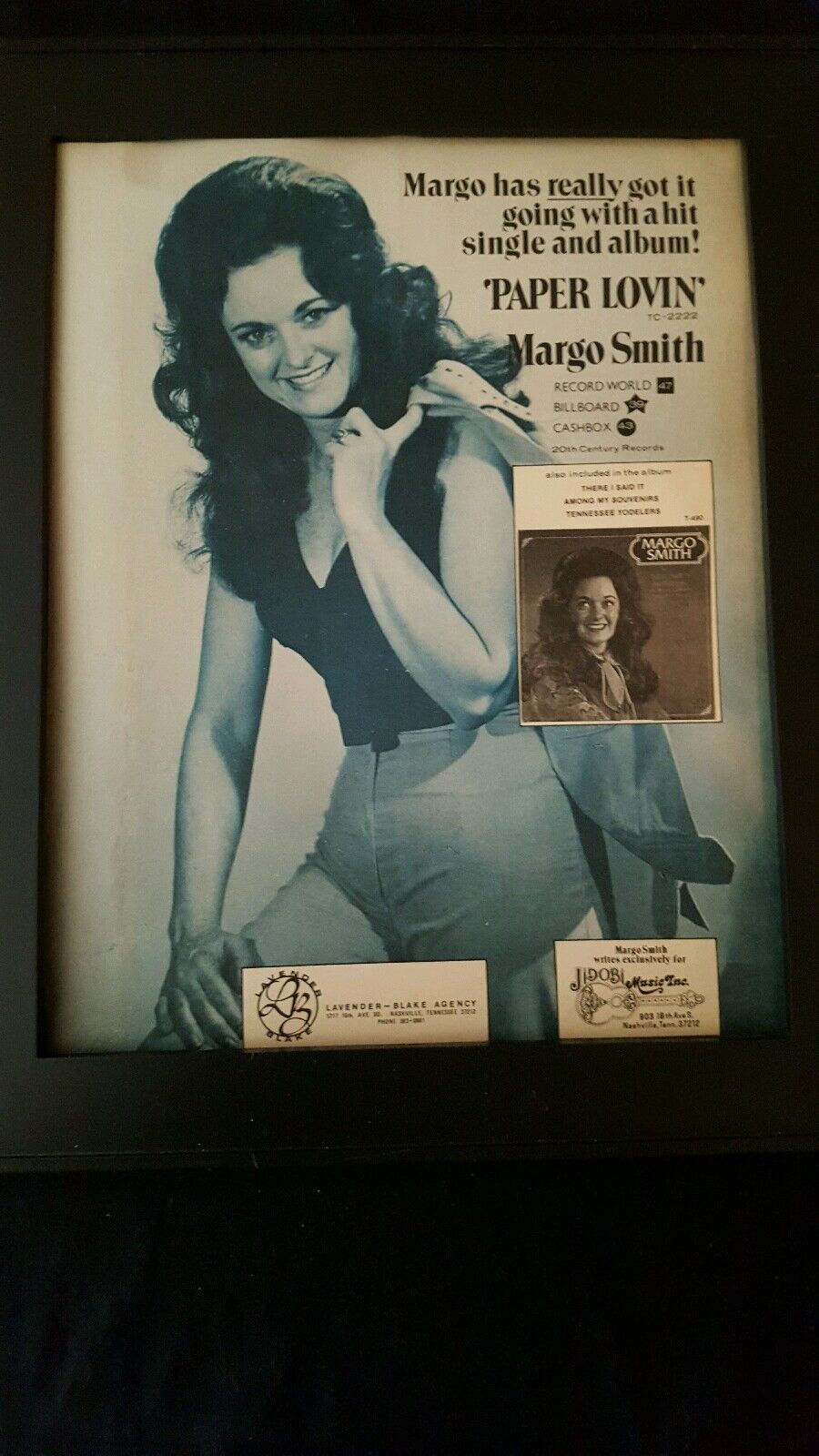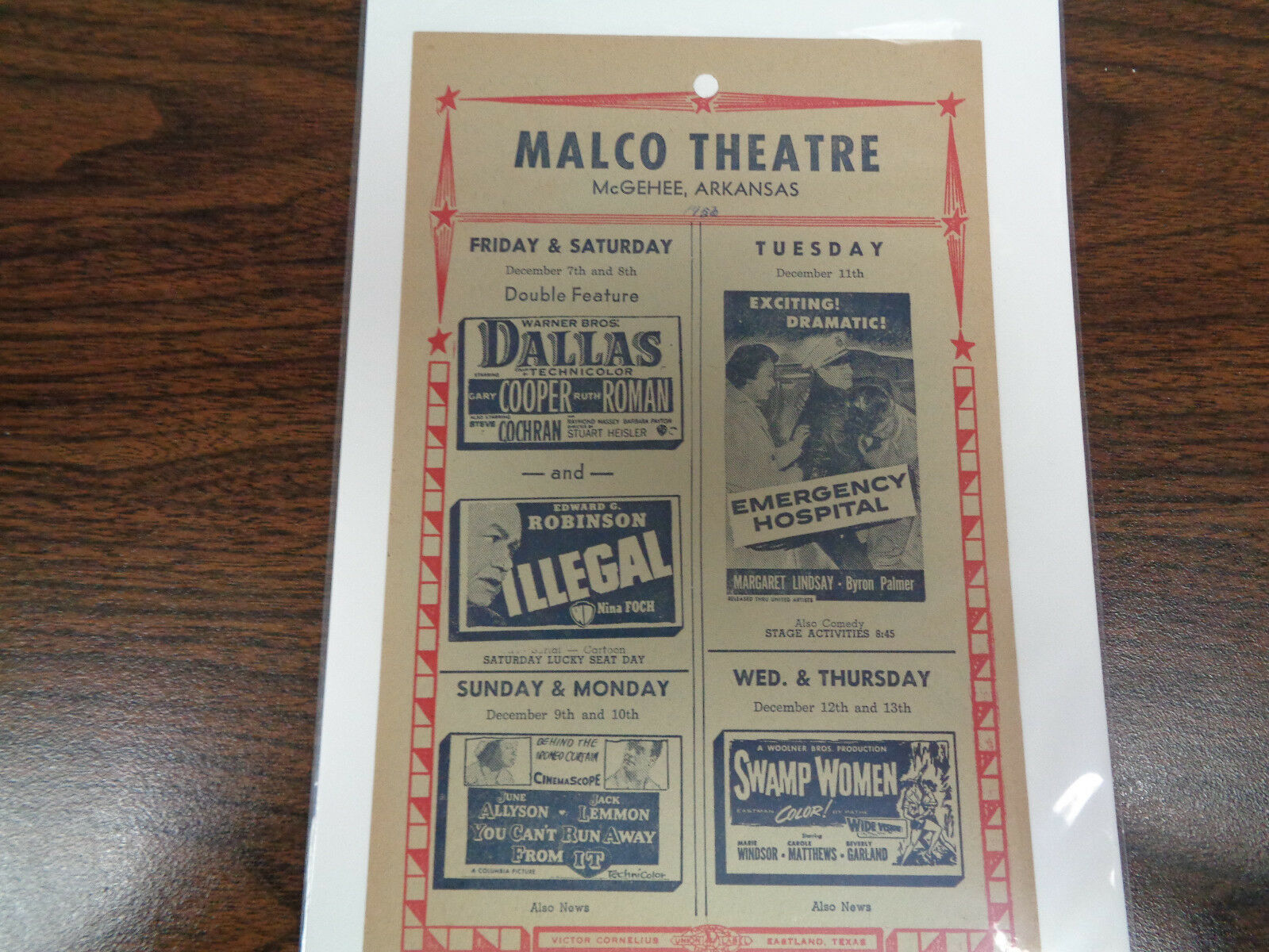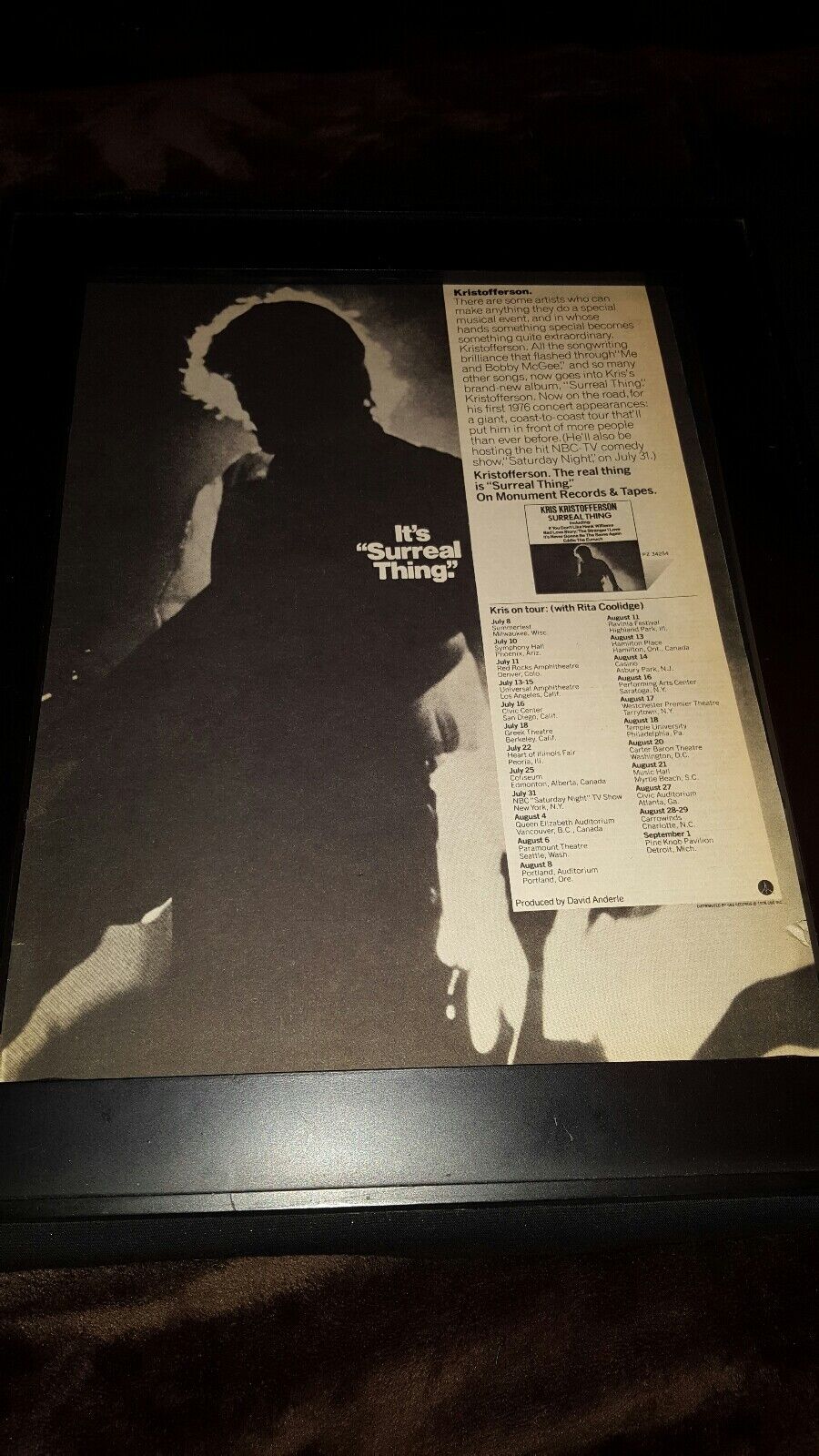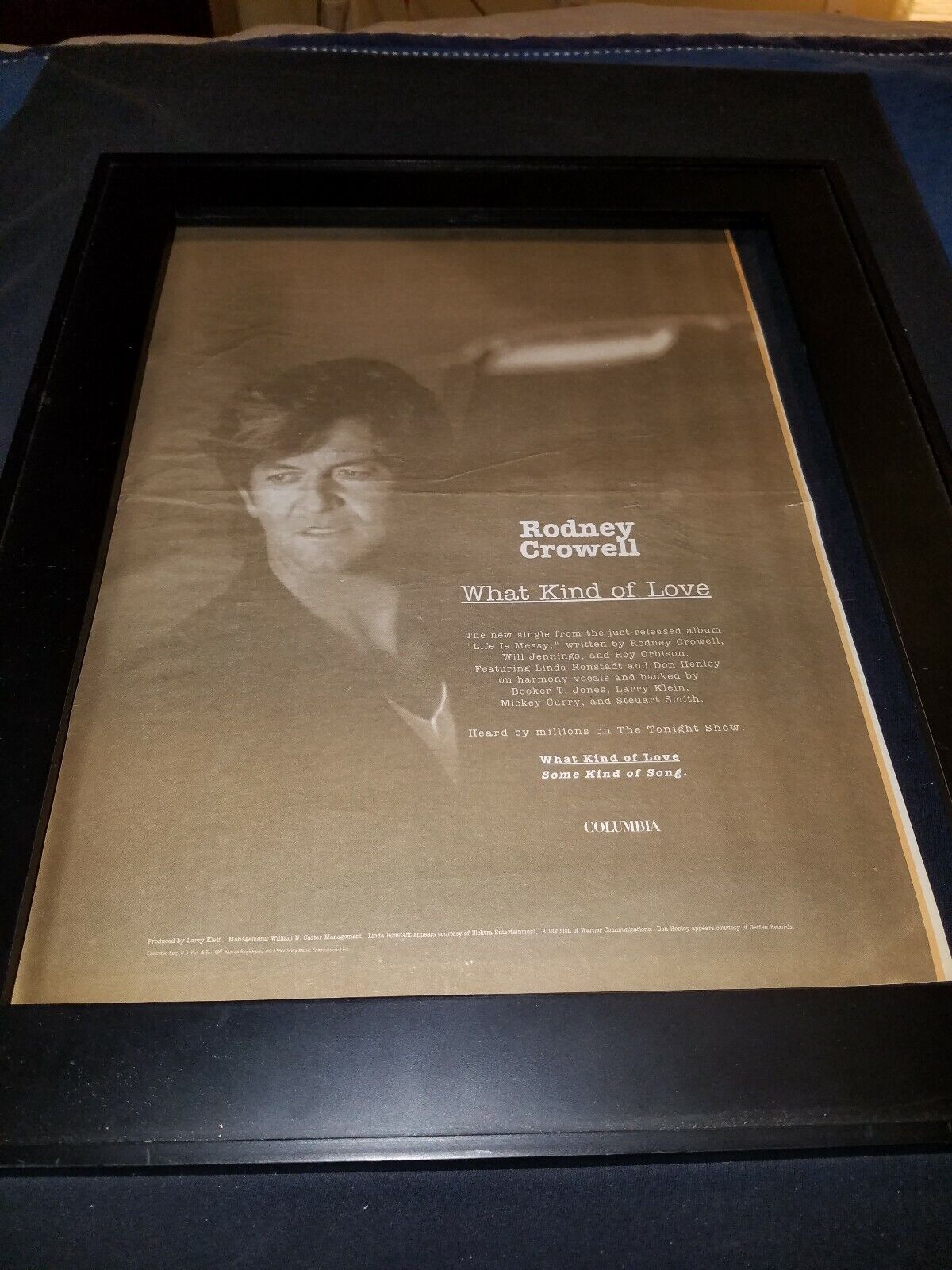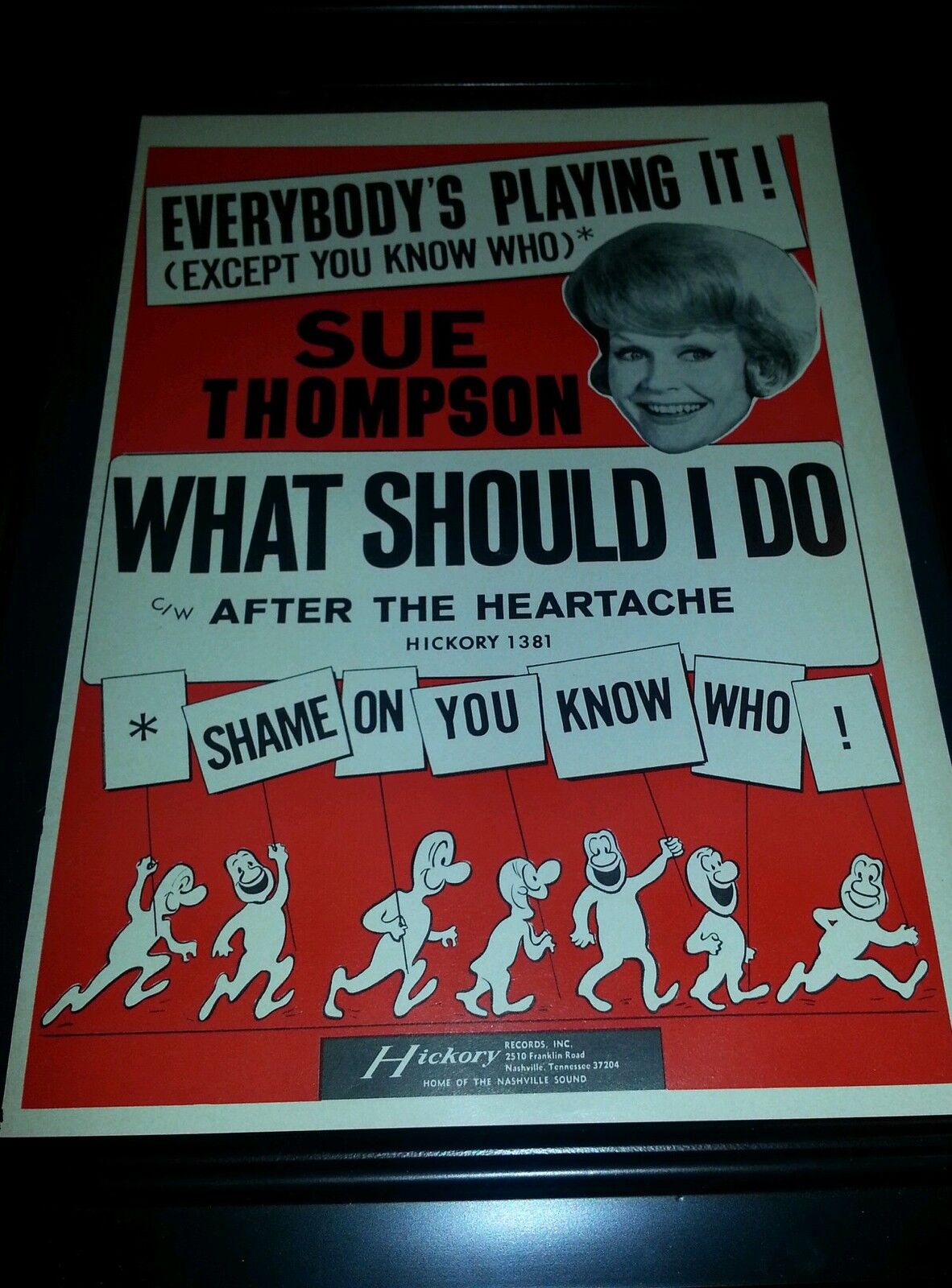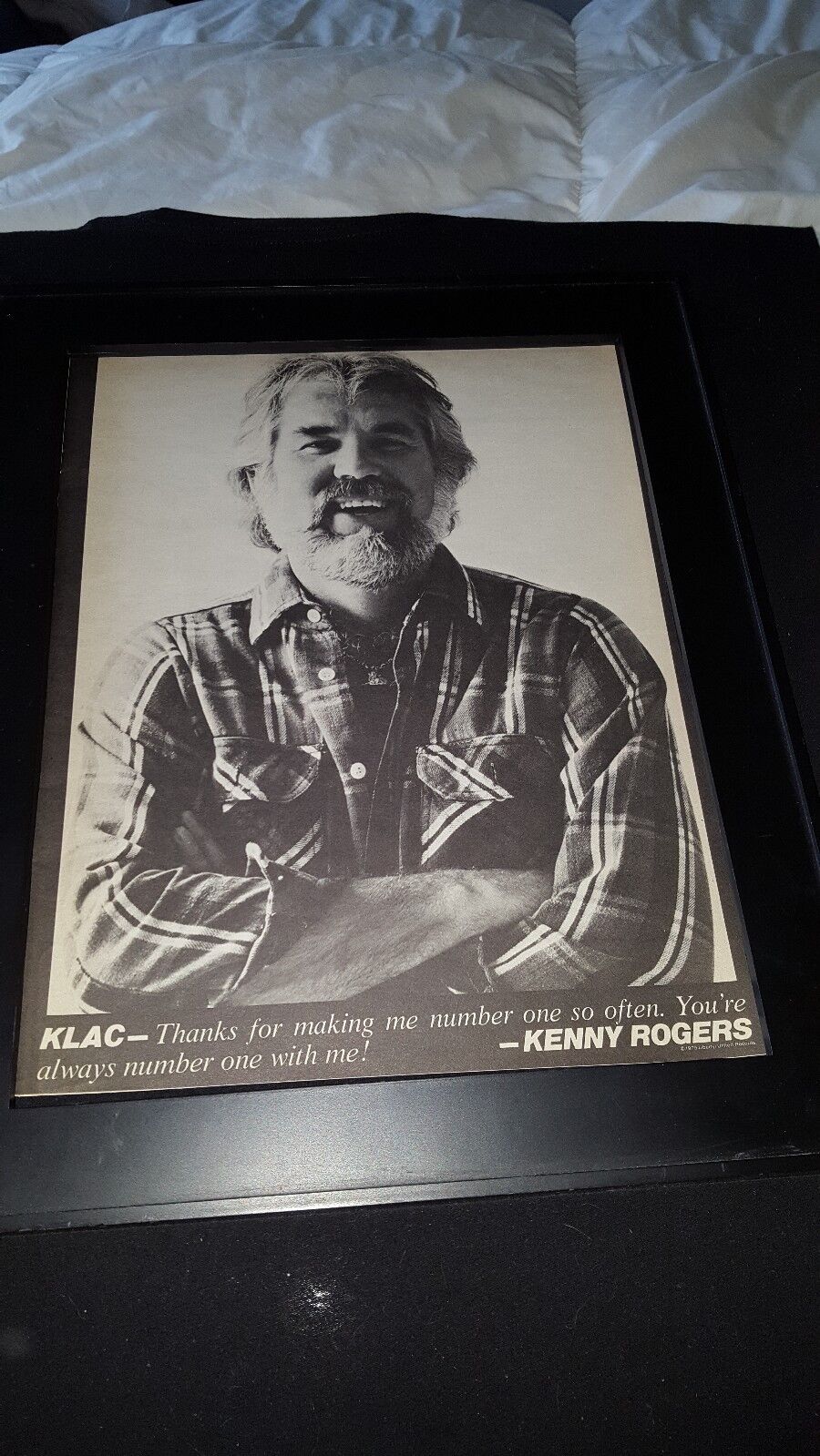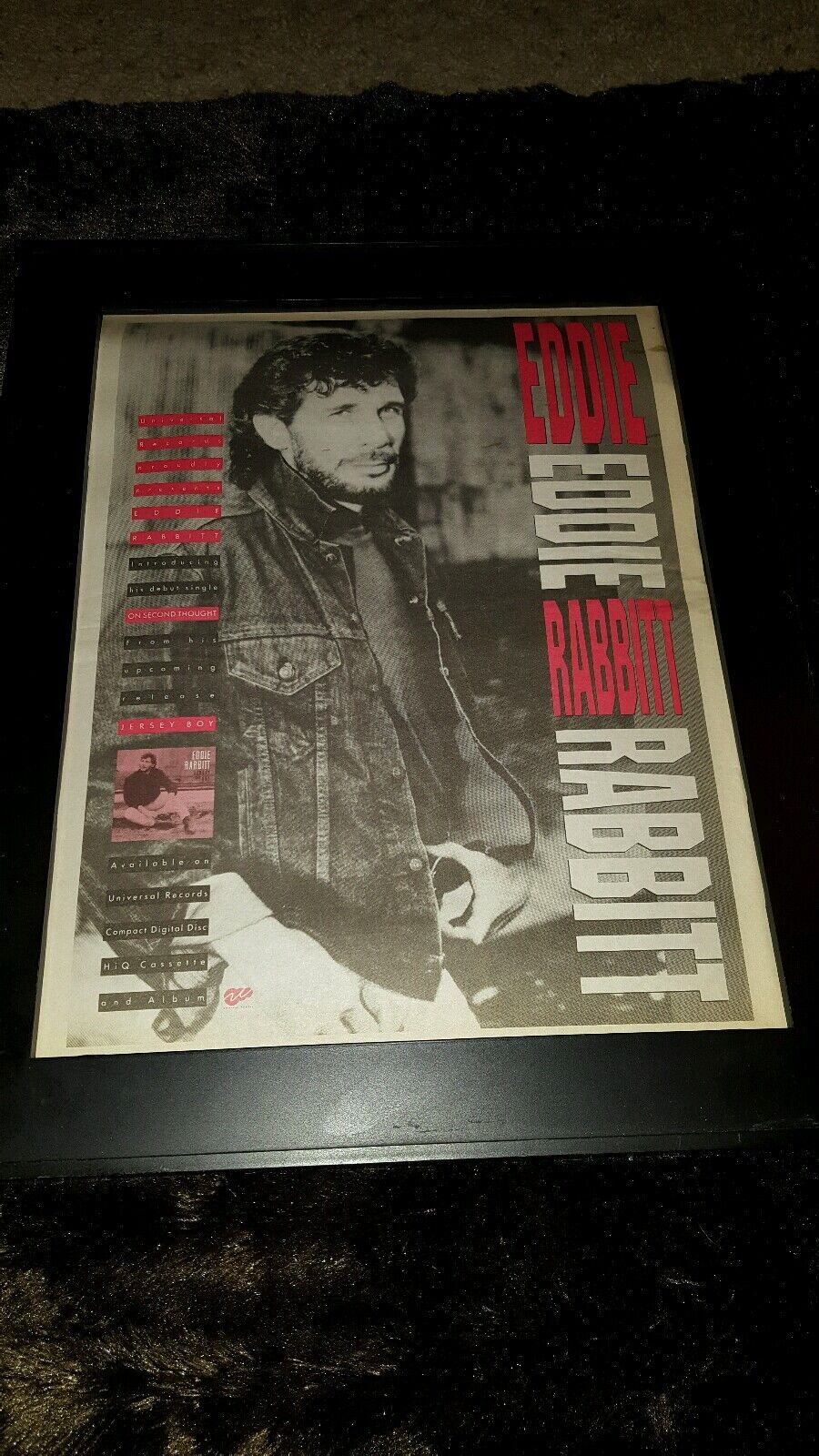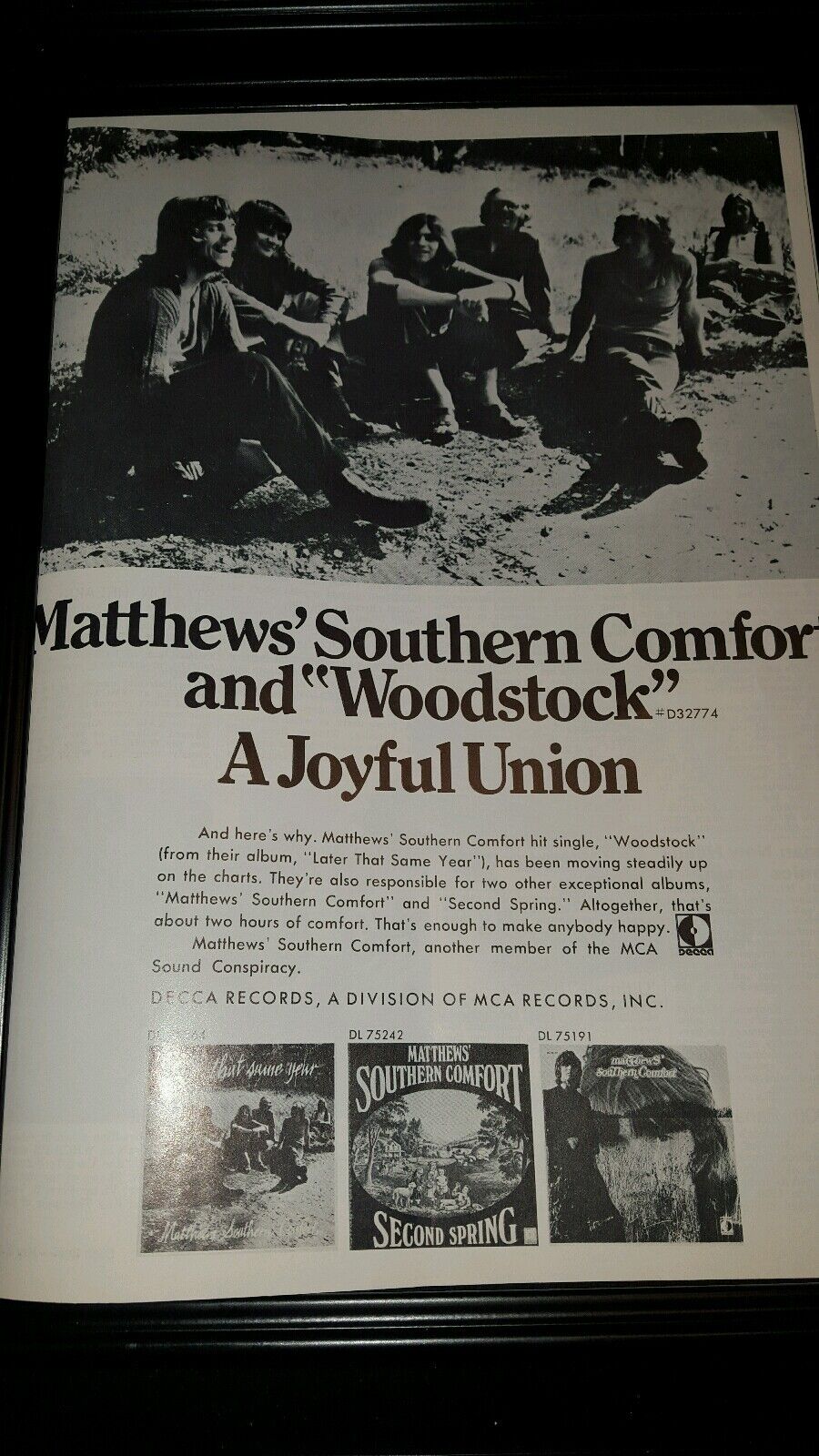-40%
1975 Bill Keith Country Bluegrass Musician - 4-Page Vintage Article
$ 7.37
- Description
- Size Guide
Description
1975 Bill Keith Country Bluegrass Musician - 4-Page Vintage ArticleOriginal, Vintage Magazine Article
Page Size: Approx. 8" x 11" (21 cm x 28 cm) each page
Condition: Good
Bill Keith is what you might call an
overnight legend. Back in 1962, Bill and
guitarist Jim Rooney put out “Livin’ on
the Mountain,” a hard to find album that
became an underground bluegrass classic
as soon as it hit the turntable. The main
reason for all the excitement was Bill’s
revolutionary banjo playing. From out of
the blue, here was someone who could
play fiddle tunes note for note without
batting a fingerpick. The record featured
“Keith-picking" versions of “Devil’s
Dream” and “Sailor’s Hornpipe” plus an
absolutely astounding break to “Salty
Dog.” Banjoists from Maine to Maryland (it
was primarily a Northern phenomenon at
first) began picking up on this new style
which not only enabled them to pick out
exact melodies with ease, but also gave
them a set of licks and runs that was
entirely different from that of Scruggs’
style.
With an eye towards fairness, it should
be mentioned that Bobby Thompson had
developed his own version of this fiddle
tune style in 1957, several years before
Bill, and had recorded fragments of it on
Jim and Jesse’s 1958 recordings of
“Border Ride” and “Dixie Hoedown.”
However, Keith did work independently
of Thompson and was the first one to give
it wide exposure, largely through his
work with Bill Monroe.
Born in October, 1939 in suburban
Boston, Bill’s earliest musical experience
came in the form of piano lessons. During
this time he learned a lot about chord and
scale theory, knowledge that would serve
him well in later years. In fourth grade he
switched to tenor banjo, which held his
interest until the folksong revival swept
him up in 1957. At that point he began
listening to Pete Seeger on the Weaver’s
records and realized that the music he was
hearing was impossible to play on a four
string banjo. So during his freshman year
of college at Amherst he invested .00
in a five string and bought the Pete
Seeger instruction book. “He said in
there, go out and buy some Earl Scruggs
and Don Reno records, and so I did. But
meanwhile, I couldn’t wait to get to the
back of the book where the interesting
strums were. You know, the rhumba and
the flamenco.” After two weeks he got
over the initial dislike of Scruggs’ style
and set out to learn Scruggs’ breaks note
for note. “I thought he was a pretty good
model because he played with a kind of
taste that was really good, and a lot of
technique that wasn’t played to show off
the technique per se. Since I had already
played the tenor banjo I didn’t worry
about my left hand as much and I payed a
lot of attention to the right. So that may
be another reason why Scruggs struck me
as a good model.” In those early years of
playing, Keith devised his own system of
tablature and began to transcribe Earl’s
breaks exactly as they appeared on
record. He also did a lot of listening to
Jim and Jesse’s banjo player, Allen
Shelton and Boston banjo great, Don
Stover. It was undoubtedly the combined
effect of these three men which added the
all important drive and bounce to Bill’s
music.
Over the next few years Bill solidified
his playing by gigging at folk clubs and
bars in the New England area with his
roommate, Jim Rooney, and by the end
of 1960 he had begun to work on his own
innovative style. The first measure of
Bobby Thompson’s break to “Dixie
Hoedown,” a Don Reno lick in the chorus
of “Banjo Signal,” and some lessons from
Don Stover provided the initial inspira-
tion. But the most direct influence came
from a local fiddler, June Hall. “A
neighbor’s wife played the fiddle and I
used to go down there Wednesday nights
and play banjo to her fiddle, and it just
occured to me that it should be possible.
So I worked out “Devil’s Dream.” Then
for a long time I didn’t put it to use in any
other tunes.” “Sailor’s Hornpipe”was the
next tune he worked up within the
melodic style, and this, coupled with
“Devil’s Dream,” comprised Keith and
Rooney’s “hit” instrumental medley. It
was this medley that won for Bill the
Philadelphia Folk Festival banjo contest
in September 1962. It’s interesting to note...
14847-AL-7512-34

